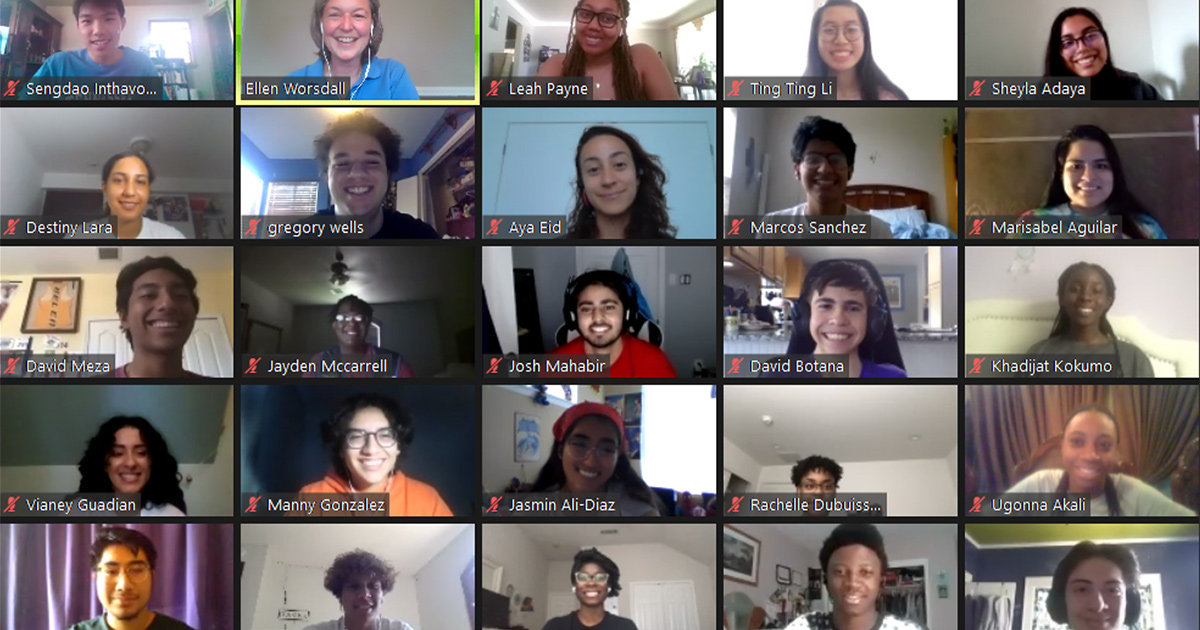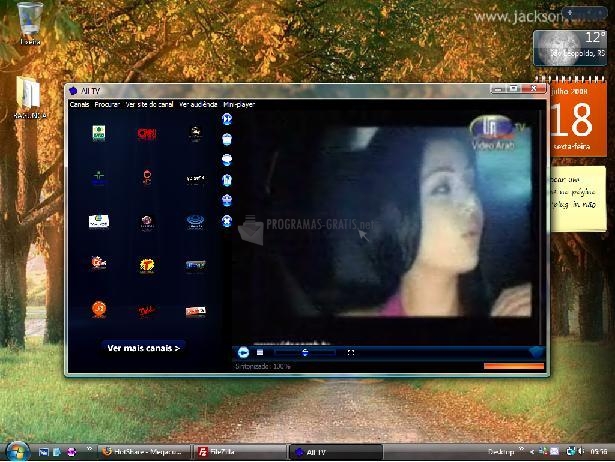

But if new to Homebrew, skip it if your only goal is to install Java.

If you already enjoy using the brew tool, proceed. No need for the Homebrew package manager. We are referring to the root Library folder that applies across all the user accounts on this Mac. We are not referring to /Users/your_user_name/Library/…. Note that this is not the Library folder within your home folder. In the Finder, choose Go > Go to Folder, and paste /Library/Java/JavaVirtualMachines/.

The -v option is mostly for scripting, and that's how we're using it here). The -V option lists all and is meant for your eyeballs, not for scripts. here, assign it to the JAVA_HOME env var. (the backticks mean: Run this then take the output of it and treat that as the 'value' of the expression. To 'override', you can use something like (depends on which shell you're using on your mac): export JAVA_HOME=`/usr/libexec/java_home -v 17` To see all installed javas, you can run: /usr/libexec/java_home -V Also, yes, if you just run java without specifying which one you want, you so happen to get java13 here. the java8 to java9 transition broke a ton of stuff, much of it needless and much of it not reasonably expectable or fixable by libraries and apps, so a bunch of java apps and libraries only run on java8 - just an example). This is often required java is not backwards compatible (it tries to change little, but e.g. Java doesn't mind if you install multiple versions.


 0 kommentar(er)
0 kommentar(er)
